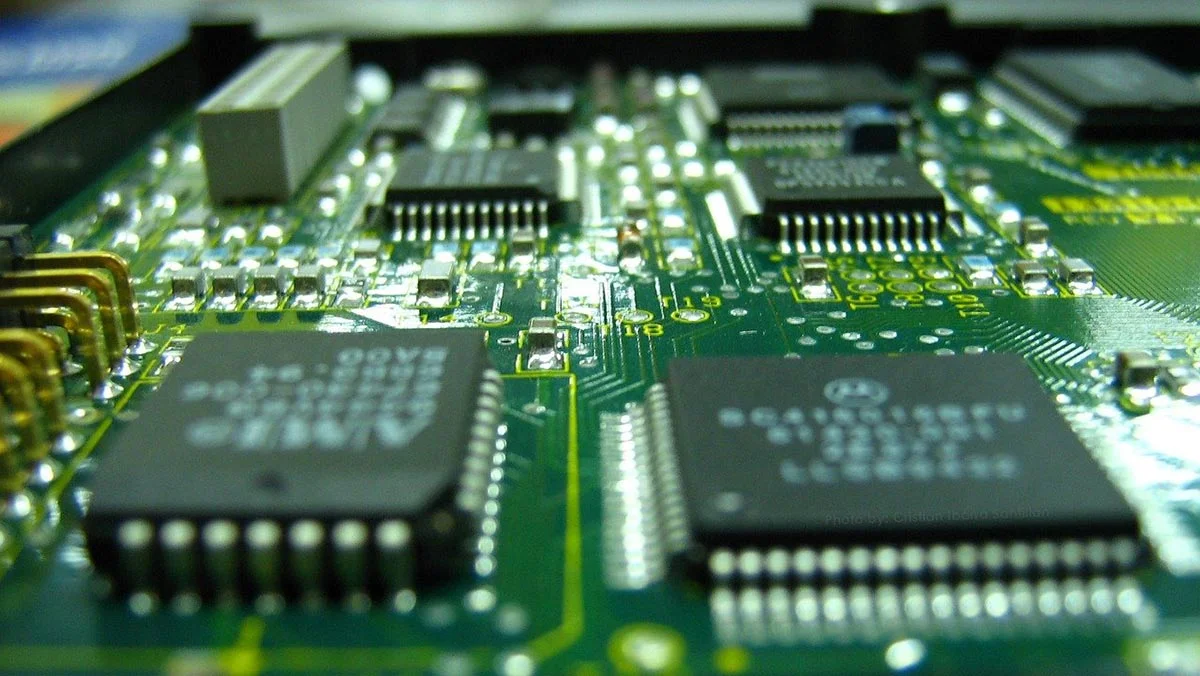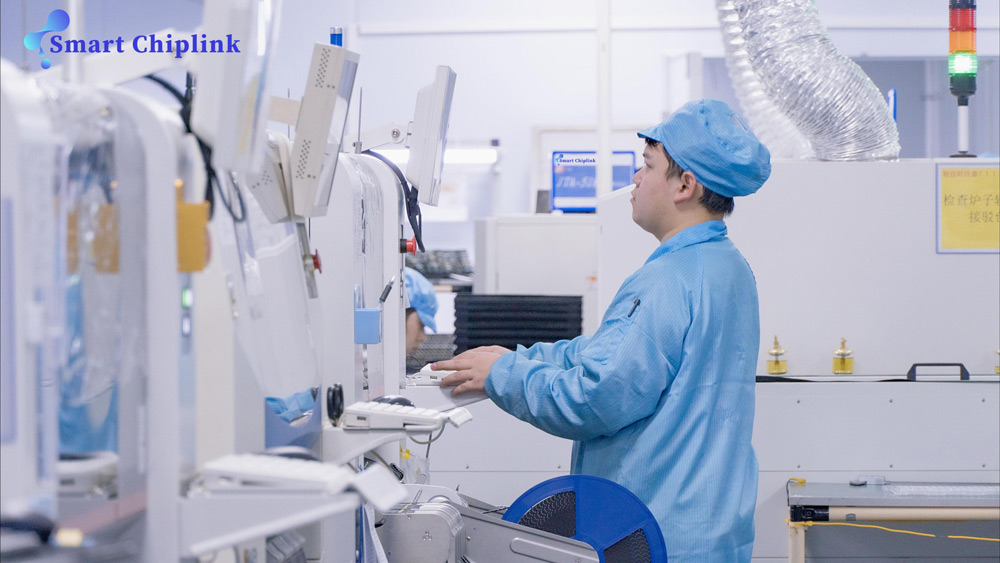
In today's digital era, integrated circuits (ICs) and chips (Microchips) have become core components of various electronic devices and systems. Although they are often used as terms used interchangeably, there are actually some technical differences between integrated circuits and chips. To better understand their differences, let’s dive into the connections and differences between the two.
Integrated circuit (IC):
An integrated circuit is an electronic device that contains millions or even billions of tiny electronic components, such as transistors, capacitors, and resistors, as well as the connections between them, all integrated on a small chip. These components and circuits are precisely fabricated on the surface of the chip through microelectronics manufacturing technology. The core function of an integrated circuit is to integrate electronic components on the same chip to achieve complex functions, such as processing data, performing logical operations, storing information, etc.
Integrated circuits can be divided into several types, including digital integrated circuits (Digital Integrated Circuits) and analog integrated circuits (Analog Integrated Circuits). Digital integrated circuits are mainly used for digital signal processing, logic operations and storage, while analog integrated circuits are used for processing analog signals, amplifying voltages and regulating currents.
Microchips:
A chip is a type of integrated circuit, usually referring to a small silicon wafer encapsulating an integrated circuit chip. It is a miniature circuit that is usually encased in a plastic, ceramic or metal casing to protect the internal circuitry from the outside environment. Chips are widely used in various electronic devices and systems, such as smartphones, computers, automotive electronic systems, home appliances, etc.
Compared with integrated circuits, chips are usually more focused on the design and manufacturing of specific functions or application areas. For example, Microcontroller Chips are used in embedded systems and controllers, while Memory Chips are used to store data and programs. In addition, chip packaging forms are also diverse, including Surface Mount and Through-Hole Package.
Differences and connections:
Although integrated circuits and chips are often used to describe the same technology, there are some clear differences between them. Integrated circuits focus more on the integration and functional realization of electronic components, while chips focus more on packaging and application areas. In other words, integrated circuits are the basis for realizing specific functions, while chips are the specific implementation of these functions.
However, there are also close connections between integrated circuits and chips. Chips are usually designed and manufactured by integrated circuit manufacturers. They contain thousands of integrated circuit chips and are packaged into the final product. Therefore, it can be said that a chip is a packaging form of an integrated circuit and a specific application of integrated circuit technology.
In short, in today's era of digitalization and informationization, integrated circuits and chips have become one of the core technologies of the modern electronics industry. Although there are some differences between them, their relationship is inseparable. By having an in-depth understanding of the principles and applications of integrated circuits and chips, we can better utilize these technologies, promote technological innovation and industrial development, and bring more convenience and progress to human society.

 English
English Español
Español Português
Português русский
русский français
français 日本語
日本語 Deutsch
Deutsch Tiếng Việt
Tiếng Việt Italiano
Italiano Nederlands
Nederlands ไทย
ไทย Polski
Polski 한국어
한국어 Svenska
Svenska magyar
magyar Malay
Malay বাংলা
বাংলা Dansk
Dansk Suomi
Suomi हिन्दी
हिन्दी Pilipino
Pilipino Türk
Türk Gaeilge
Gaeilge عربى
عربى Indonesia
Indonesia norsk
norsk čeština
čeština Ελληνικά
Ελληνικά Українська
Українська Javanese
Javanese فارسی
فارسی български
български ລາວ
ລາວ Latine
Latine Қазақ
Қазақ Euskal
Euskal Azərbaycan
Azərbaycan slovenský
slovenský Македонски
Македонски Lietuvos
Lietuvos Eesti Keel
Eesti Keel Română
Română Slovenski
Slovenski Српски
Српски 简体中文
简体中文 Беларус
Беларус





